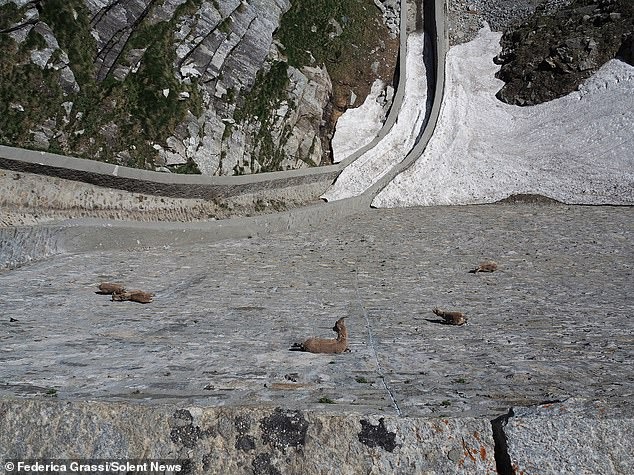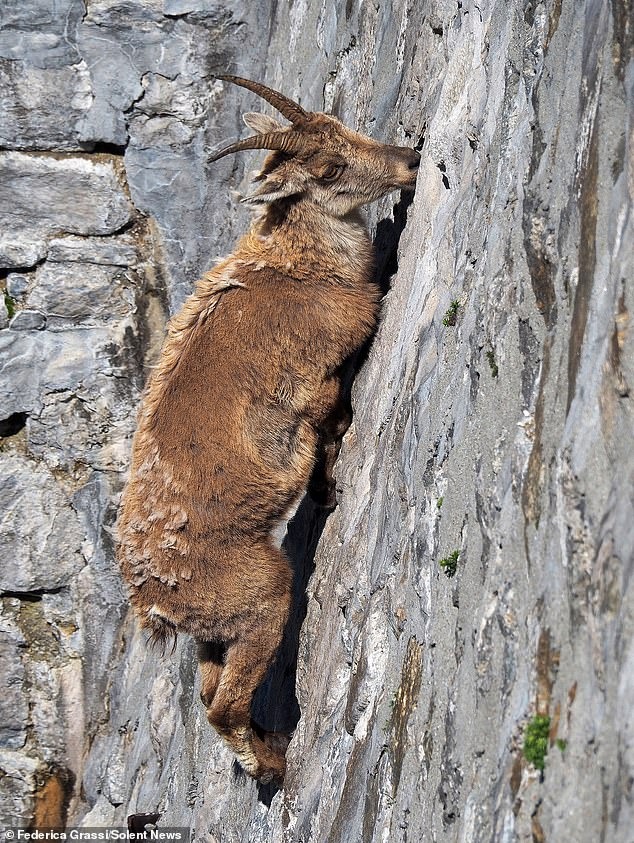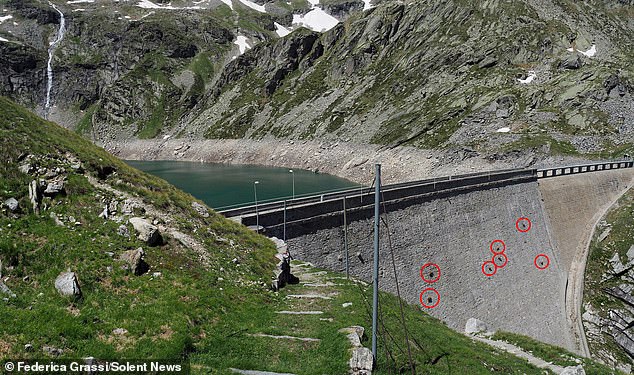Mountain goats are intriguing species that reside in North America’s high mountains. They are noted for their ability to scale high cliffs and mountain sides with ease, making them one of the world’s most nimble creatures. What’s more, the rules of physics don’t appear to apply to these incredible beings.
To comprehend this phenomena, it is necessary to first comprehend physical rules. The study of matter, energy, and their interactions is known as physics. It is founded on a collection of fundamental concepts, including the laws of motion, energy conservation, and momentum conservation. These rules are critical for understanding how objects move, interact, and behave in the physical world.
These restrictions, however, appear to be rather immaterial when it comes to mountain goats. These creatures can scale high cliffs and mountain slopes that most other animals would find difficult. They can jump long distances and perform quick turns with tremendous agility, all while remaining balanced and stable.
The unusual anatomy of mountain goats is one of the reasons behind this capacity. They have hooves that have been particularly designed to allow them to grasp rocks and rough ground. Their hooves are divided in two, resulting in a gripping surface that may contour to the curvature of the surface they are climbing on. Their legs are also exceptionally powerful and flexible, allowing them to make quick movements and shift their balance as needed.
The mountain goat’s remarkable sense of balance is another feature that leads to its seemingly physics-defying powers. They can modify their center of gravity and weight distribution in reaction to changes in terrain, helping them to stay on their feet even on the most treacherous terrain.
Overall, the rules of physics may not apply to mountain goats as they do to other animals. This is not to say that these laws are incorrect or useless. Instead, it just displays these remarkable organisms’ extraordinary flexibility and tenacity, as well as the need of learning and appreciating the complexity of the natural world.























